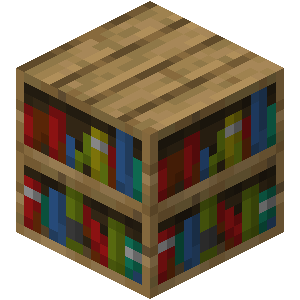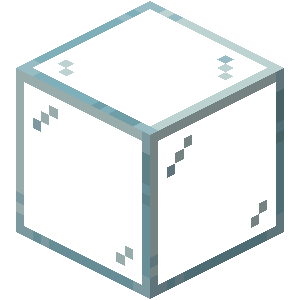Patterns and actions that perform a magical effect on the world.
Externalize Pigment (Vector, itemtype →)
Accepts a vector and an itemtype representing a pigment. Costs a negligible amount of media if targeting my own block, or 1 Amethyst Dust if not.
Sets the colors of the conjured block corresponding to the vector to the colorset represented by the passed pigment, or mine if passed a NULL iota.
Not guaranteed to work with unconventional forms of conjured matter.
Feels strangely celebratory, as if something similar was once used in grand festivals where teams would splatter their colors all over their opponents' territory in a bid for ideological dominance.
Postman's Gambit (Player, any →)
Accepts a player and any iota less than 256 characters long, and shows that iota to them as if they had cast Reveal, also telling them who sent the message. Cost is inversely proportional to the length of time since they were last targeted by this spell.
Postage Purification (Player → num)
Accepts a player and returns how much amethyst dust it would cost to send them a message via Postman's Gambit, between 1/10 of a dust and 10 dust.
Postman's Gambit II
Resets the cost of sending me a message via Postman's Gambit back to 1/10 of a dust. Costs 1/10 of a dust.
Particle Burst (vec, vec, num, num →)
Accepts two vectors and two numbers, and uses them to define a burst of particles. Costs a negligible amount of media.
The first vector determines the burst's origin position, and the second vector determines its direction and speed. The first number determines the scale of random numbers added to each position component, and the second does the same for the direction vector.
Mod author's note for Forge users: This spell does not work on Forge. I do not know why. I've set the cost on Forge to zero so at least it won't waste media. Sorry.
I'll try to get it working eventually.
I've devised a suite of patterns (plus a couple of blocks) to make links a bit more useful for things other than data transmission and media sharing.
Note that the patterns which fetch information about the network make no promises regarding whether returned linkables are within ambit.
Network Dstln. (linkable, num → [linkable])
Scans the link network connected to the input linkable up to a recursion depth equal to the input number (max 32), and returns a list of all connected linkables. Costs a negligible amount of media.
Network Gateway (entity, linkable, vec →)
Accepts an entity to teleport, a linkable to use for access to its network, and a destination. If the entity is within 8 blocks of the linkable, and there is a network node within 4 blocks of the destination, the entity will be teleported. Cost varies based on what entity is teleported.
Click to show recipes
Click to hide recipes
Outputs a brief redstone signal when an adjacent relay is used as the output for a casting of Network Gateway.
Click to show recipes
Click to hide recipes
When rclicked with a focus in the main hand, attempts to store its iota in the block. When the focus is in the offhand, writes the stored iota to the focus.
Routing Dstln. (linkable, iota → vec)
Accepts a linkable to use for network access, and any iota. If a relay connected to the network has an adjacent Network Routing Index with the same iota, returns that relay's position. Costs half an amethyst dust.
 Modified Slates
Modified Slates












 The Great Work
The Great Work Patterns
Patterns Iota Hashing
Iota Hashing Misc. Ephemera Patterns
Misc. Ephemera Patterns Status Iotas
Status Iotas Spells
Spells Messaging
Messaging Particle Burst
Particle Burst Link Amenities
Link Amenities





 Great Spells
Great Spells Instant Aegis
Instant Aegis Invisibility
Invisibility